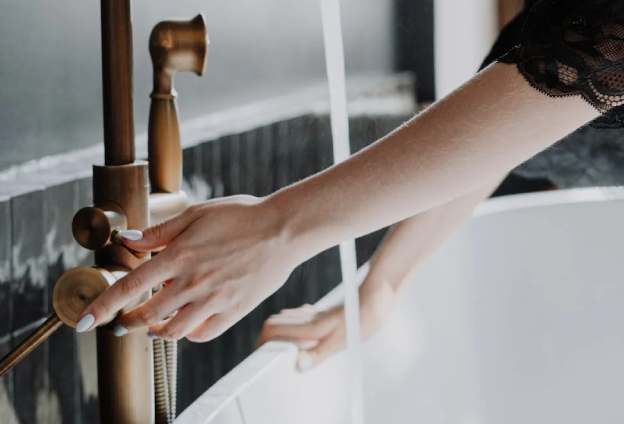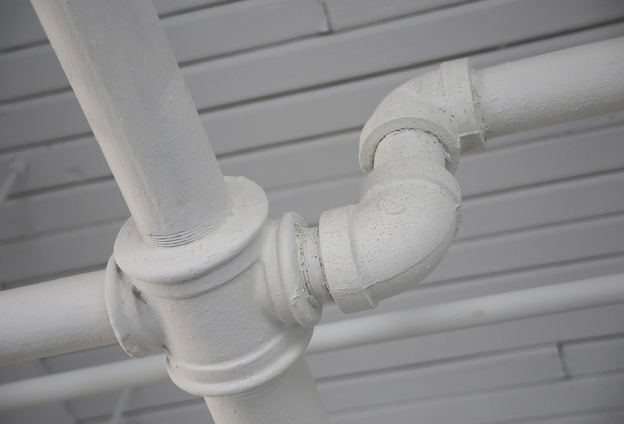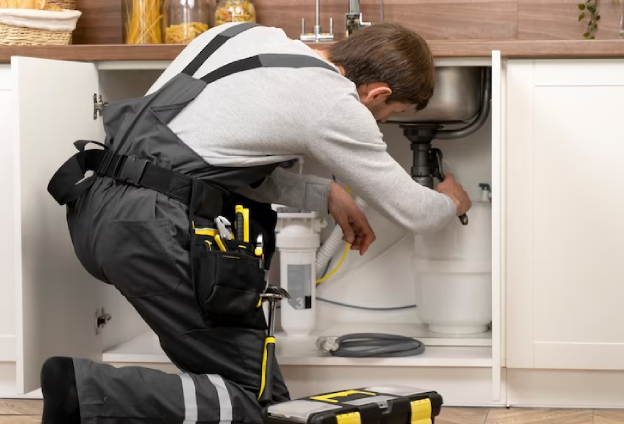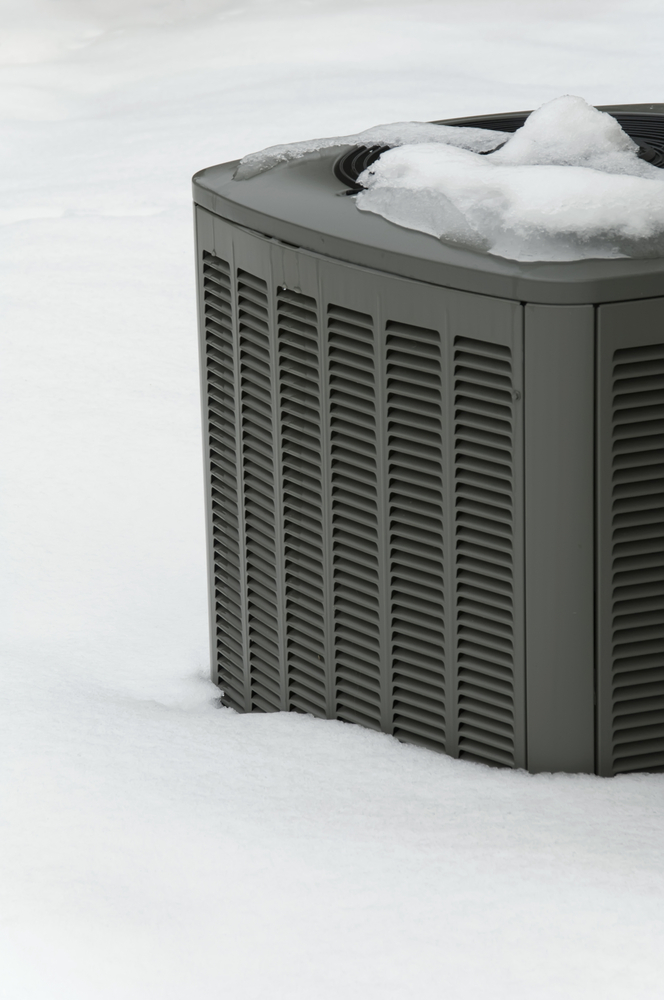Working plumbing is something we often take for granted until there is a problem with it. It’s easy to neglect the plumbing fixtures in your home when nothing is amiss. However, when things do go wrong, it can get very expensive very quickly. Water damage, burst pipes, clogged drains, leaks, and replacement fittings can all tally up pretty fast and leave you with an outrageous bill. Fortunately, there are a few routine steps that you can do yourself at home to maintain your plumbing and catch concerns before they turn into disasters.
- 1. Create a preventive maintenance schedule
Most experts agree that you should have your plumbing inspected at least once every two years. If you have an older home, more frequent inspections may be necessary.

image via Pexels
- 2. Fix and clean leaking faucets and showerheads
A leaky faucet can waste hundreds of dollars on your water bill. According to the EPA, leaks can waste up to 180 gallons of water a week (the equivalent to more than 300 loads of laundry!) Not only that, but they can also cause water damage and calcium buildup around the fixtures. Take a moment to inspect your faucets and showerheads to ensure that they are not dripping when shut off. Also be sure to check the pipes under the sink for drips or water stains. - 3. Unclog drains; be careful what you put down them
A backed-up drain is one of the most obvious signs of a plumbing issue. Pouring a mixture of hot water, vinegar, and baking soda down them is a simple and effective solution to clean out clogs. Installing strainers in all of your sink and shower drains can help to catch debris.

image via Pixabay
- 4. Insulate exposed pipes
If you live somewhere that gets cold, you should regularly be checking your exposed pipes to ensure that frozen water doesn’t cause them to burst. A burst pipe can cause major damage to your property that is often quite expensive to fix. Pipe insulation can also help to prevent pipes from “sweating,” which can cause moisture damage. - 5. Fix leaking toilets; be careful what you flush
For many people, flushing things down the toilet as if it were a garbage can is often pretty tempting. It’s easy to imagine it as just another waste receptacle. This, however, is extremely damaging to your pipes as well as the sewer system. Like your drains, you should also be careful what you flush down the toilet. Hair, grease, and wipes can cause expensive blockages in your plumbing system. “Flushable” wipes and cat litter are also a bad idea, as despite their name, they will also cause blockages and should not be flushed. Only flush toilet paper and human waste – put a wastebasket in your bathroom for everything else. You should also regularly check your toilet for leaks and be sure that it isn’t running when not flushed. You can check for leaks by putting a few drops of food coloring into your toilet tank and waiting for about 20-30 minutes. If any colored water has seeped into the bowl within that time, your toilet is leaking.

image via Pixabay
- 6. Check water pressure
Like clogged drains, a change in water pressure is also one of the most obvious signs of plumbing trouble. The ideal water pressure will vary from home to home, but a good general range is about 45-65 PSI. High water pressure may put excess strain on your pipes, leading to bursts. Low water pressure may result from leaks, tree roots, clogged pipes, calcium buildup, or water supplier issues. Use a pressure gauge to determine your water pressure and install a regulator to maintain consistency. Call a professional if you notice any significant pressure changes. - 7. Drain water heater to remove sediment and verify that there’s no rust inside
Over time, sediment builds up in your water heater. This is especially true if you have hard water with a lot of calcium carbonate in it. If sediment is left in your heater for too long, it can potentially wear down the interior lining and cause it to rust. It can also block the heating element, which will cause your water to be colder. Water heaters should be flushed regularly, preferably annually. The pilot light flame should be blue – other colors may indicate that it isn’t burning properly.

image via Freepik
- 8. Don’t hesitate to call a pro…Dexcomm services pros!
While following the steps on this list may be straightforward enough, sometimes what you find will be too much to repair on your own. It’s not worth it to try and DIY plumbing hacks for serious issues – most of the time you will simply wind up creating even more problems down the road that will be even more expensive to solve. Don’t hesitate to call a professional when issues arise. They are trained, knowledgeable, and will be able to fix any of your plumbing woes. At Dexcomm, we service plumbing pros all over the country. We provide 24/7 call management and appointment scheduling, so you will always reach a friendly, helpful live agent no matter what time you call.
No one wants to spend more money than they have to on home repairs. Thankfully, there are measures that you can take to keep your fixtures working, your home comfortable, and your wallet happy before plumbing troubles get out of hand. When it comes time for maintenance, sooner rather than later is key. Give your house a plumbing checkup, and don’t be afraid to call when you need professional assistance – no matter what time it is.




